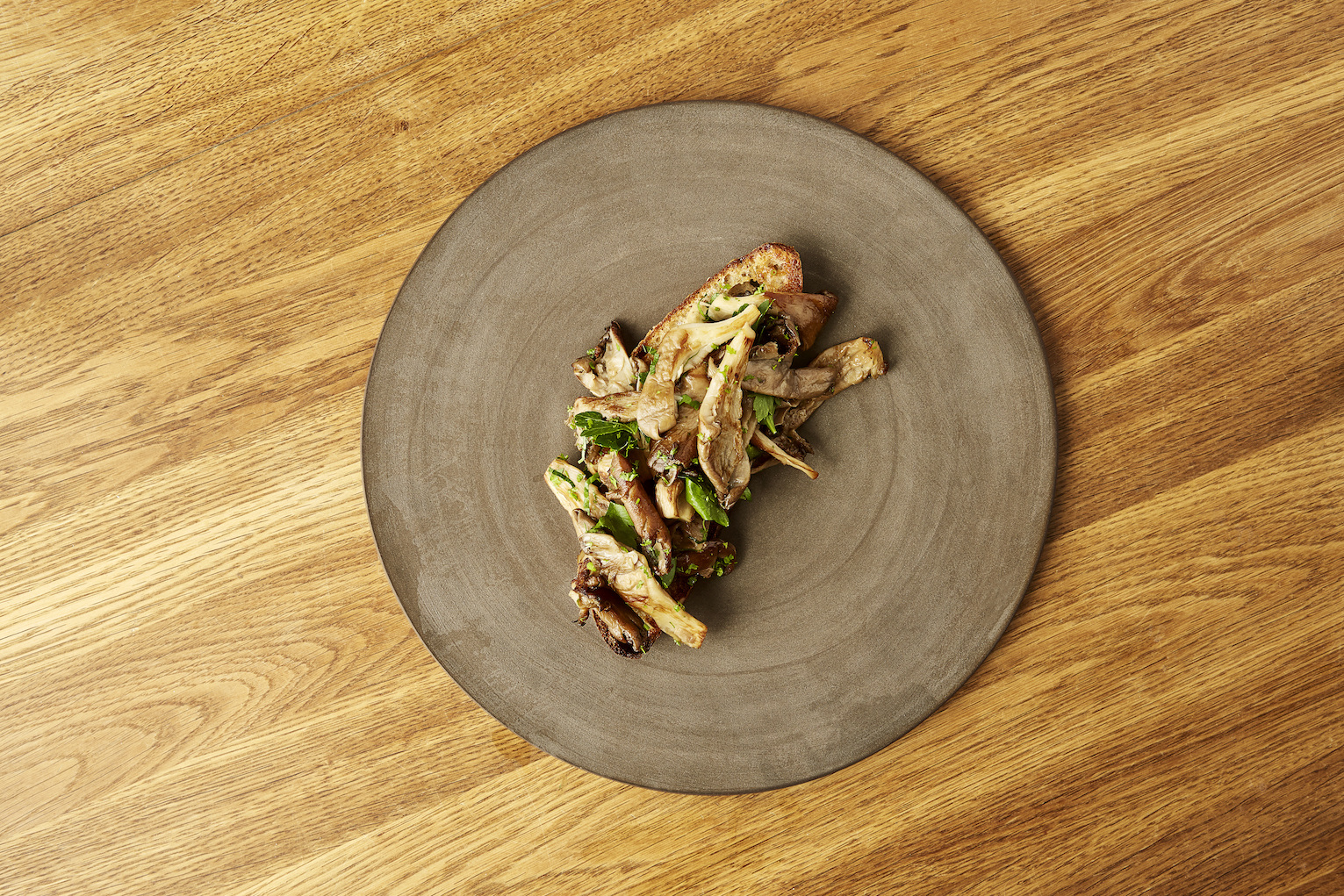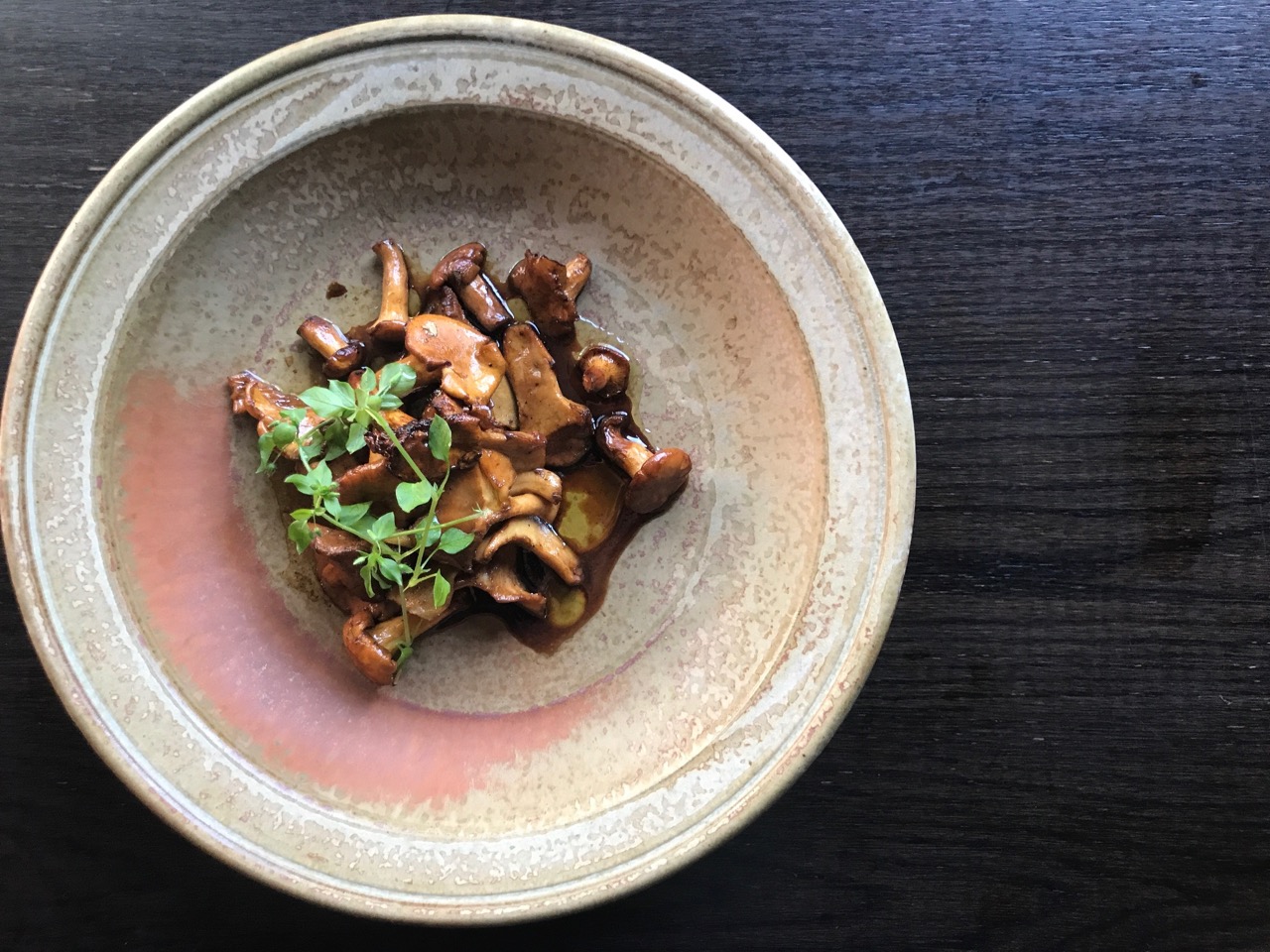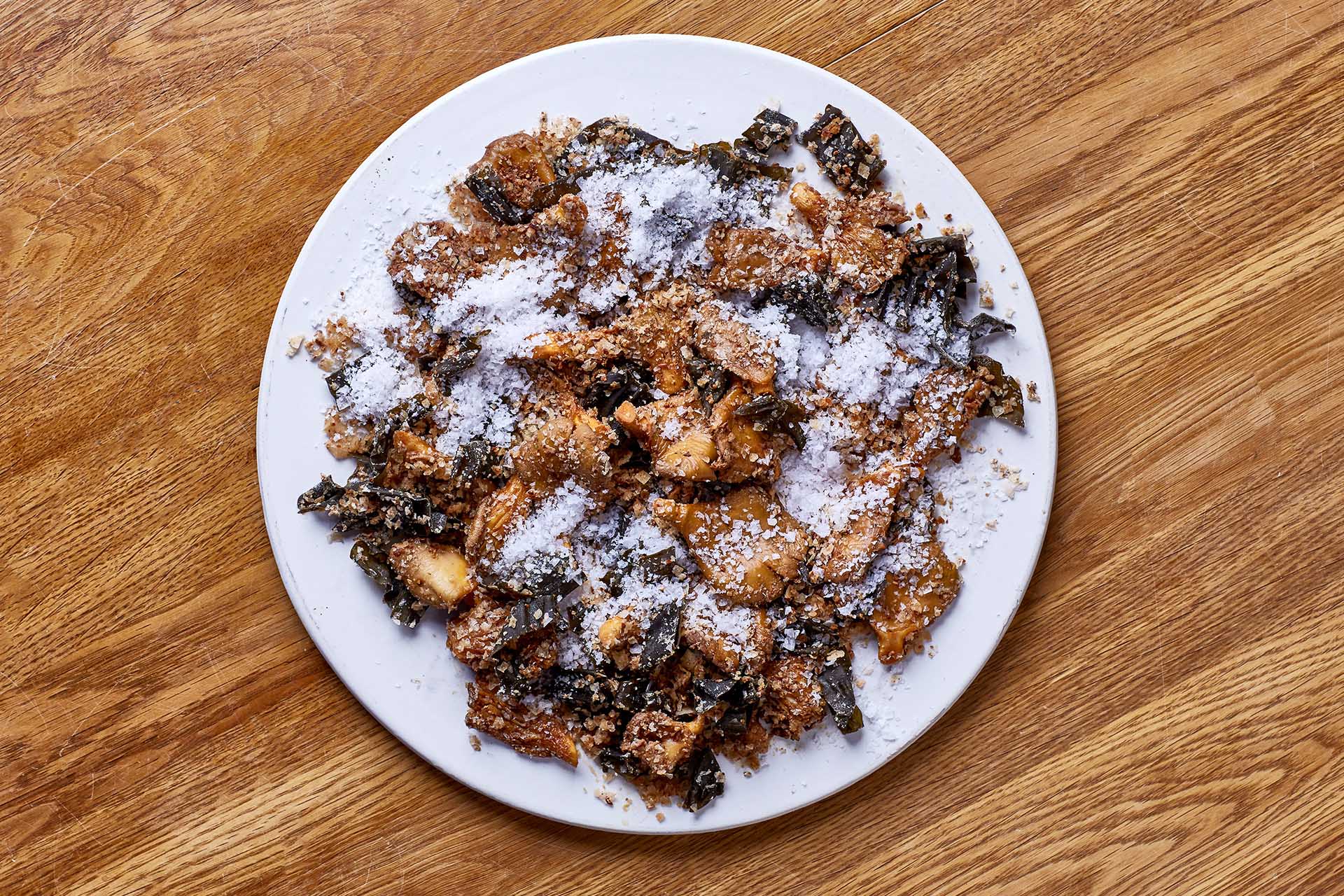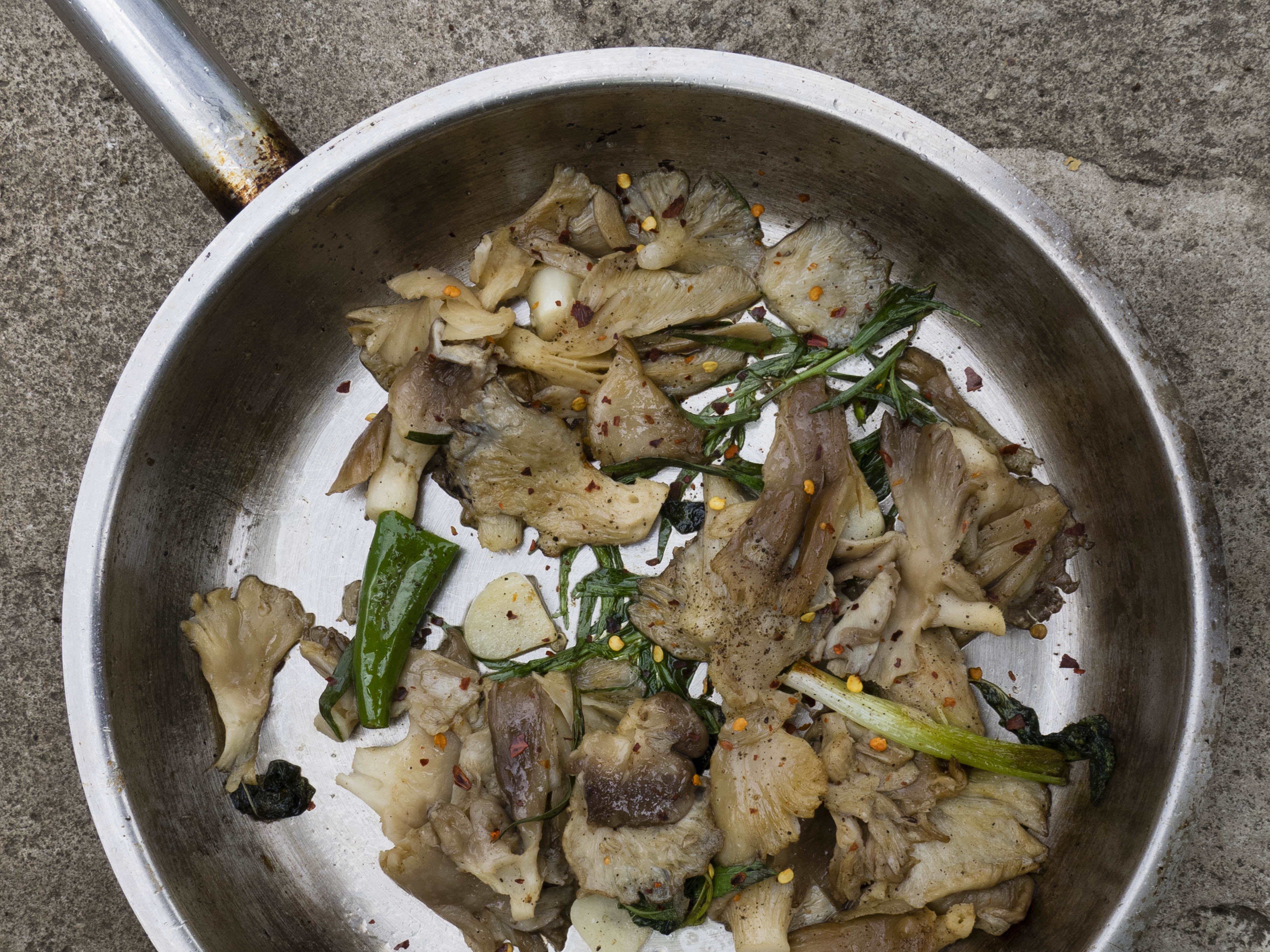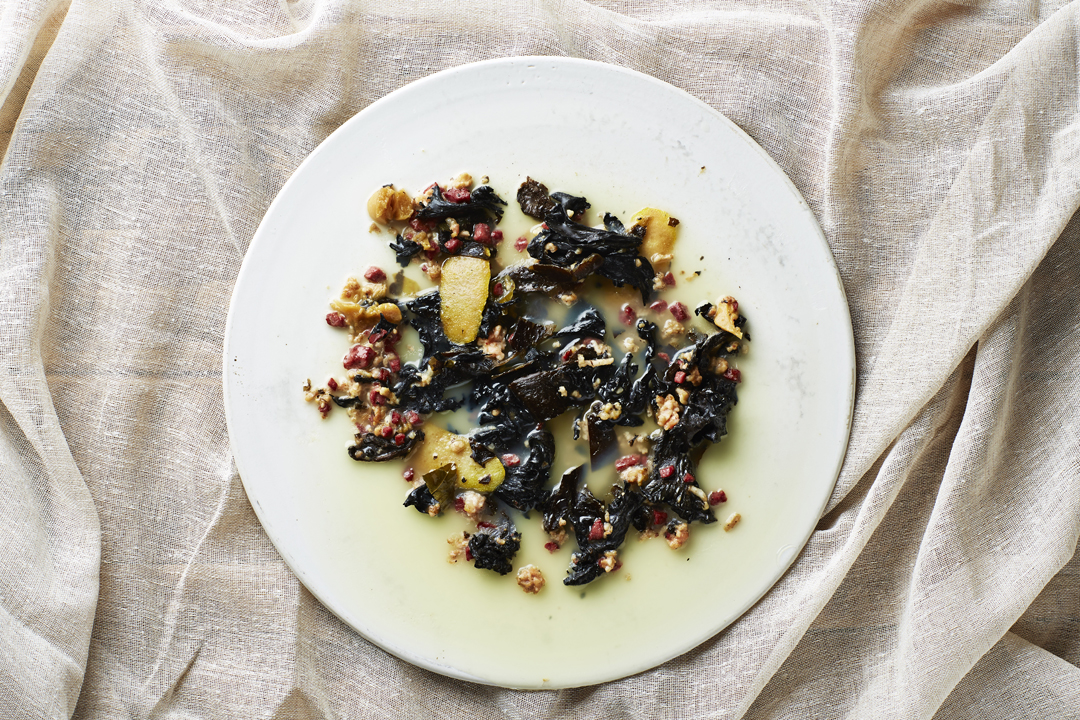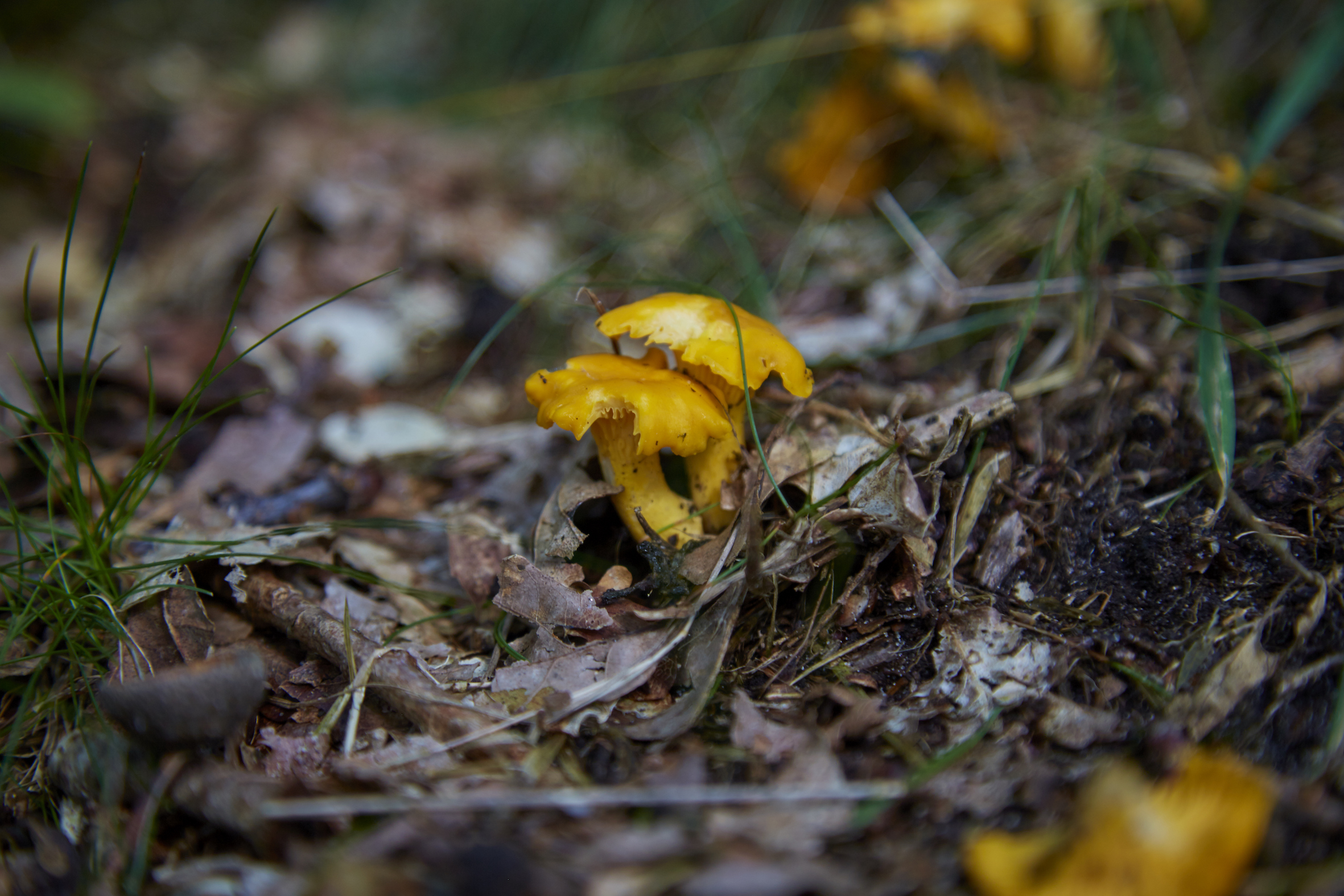
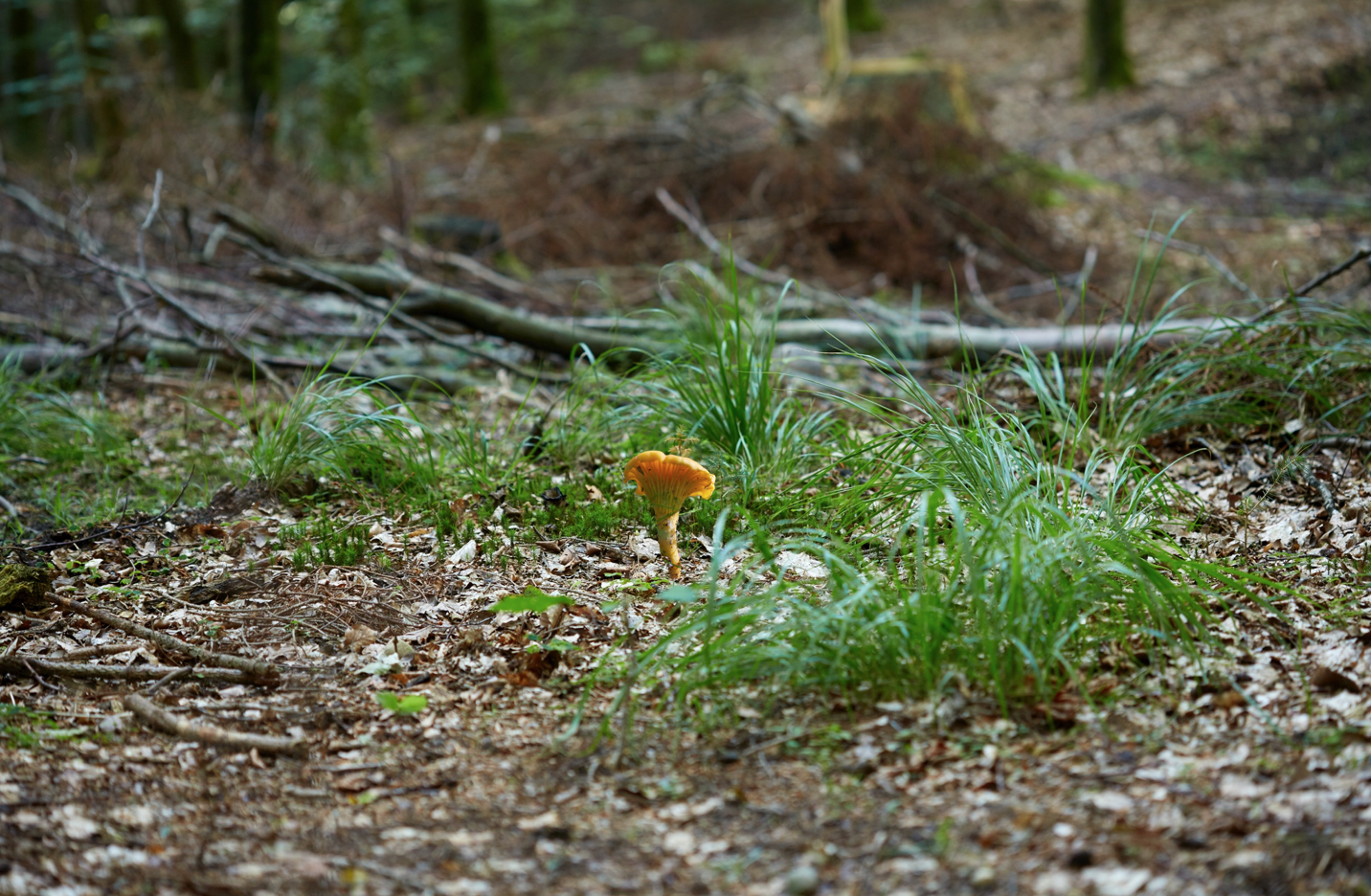
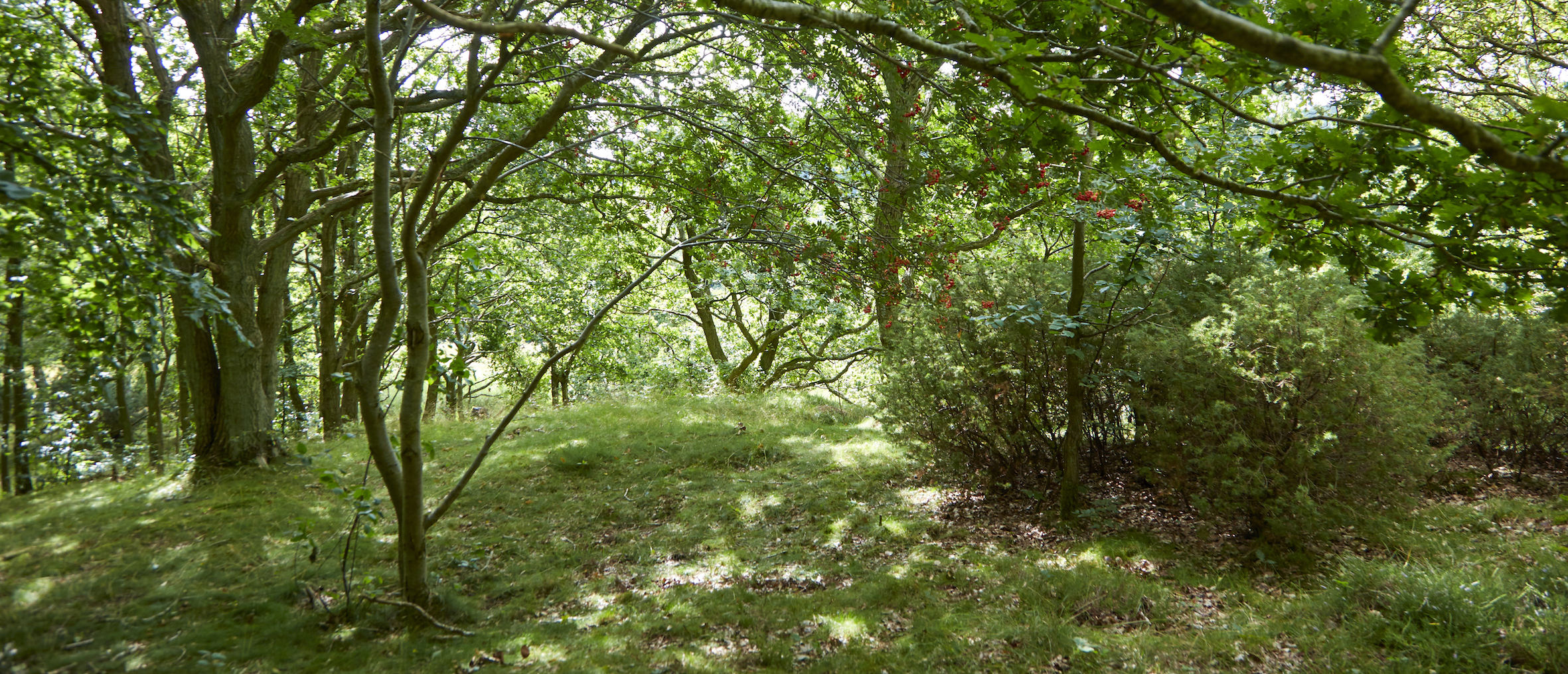
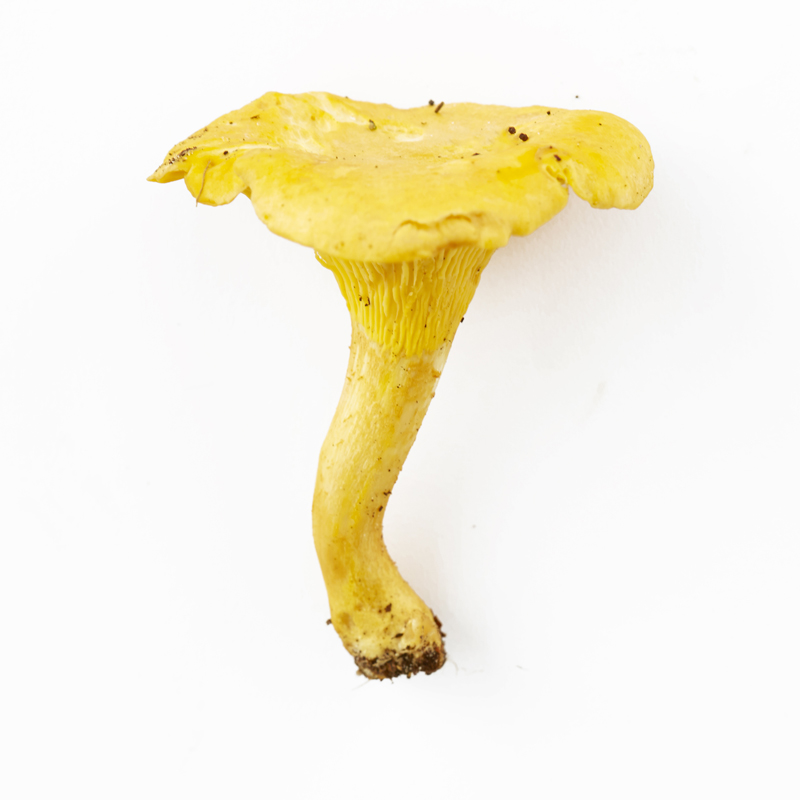
Common chanterelle
The star of the forest floor, common chanterelles are indisputably the most sought-after mushrooms on our latitude.
-
Where to Find It
The common chanterelle is a superb eating mushroom that can be picked even in winter, when there’s not much else available to mushroom foragers.
Deciduous forests, coniferous forests.
-
When to Find It
If there's been sufficient rain, chanterelles will pop up in large numbers as early as the beginning of summer, but common chanterelles normally fruit in August.
Entire mushroom: June, July, August, September, October, November.
-
How to Spot It
Common chanterelles are lovely, yellowish-orange mushrooms with caps between three and ten cm in diameter. Their stems grow up to a couple cm thick and rarely more than eight cm tall. Firm and often fleshy with wavy edges, the caps of golden chanterelles start round, but gradually sink in the center, where a deep depression forms. They have yellow ribs and veins on their underside that fork out far down the stem. The stem often tapers toward the ground and is the same color as the rest of the mushroom.
-
How to Pick It
Carefully twist the chanterelles loose at the foot and cut off the bottom part.
Risk of misidentifying the plant
Common chanterelles can be confused with pale chanterelles and false chanterelles, which don't have theit characteristic apricot smell. Pale chanterelles are also stronger and paler in color than common chanterelles, while false chanterelles have softer, thinner stems and are dark brown near their feet. False chanterelles aren't toxic, but are rather watery and boring in taste. A more unfortunate mix-up would be with the toxic brown roll-rim, which also grows under trees, but has a pronounced inrolled rim along the cap.


